
Hands-on with Final Fantasy VIII Remastered
This year marks the 20th anniversary of Final Fantasy VIII. As the second mainline Final Fantasy game to release on the original PlayStation, it was a huge graphical leap from its predecessor in just about every way. Unfortunately, while it was groundbreaking at the time, early realistic 3D models with the hardware limitations of 1999 lead to visuals that today have aged like milk. I was excited to see that Square Enix took the time and effort to remake all the game’s models in Final Fantasy VIII Remastered. It still feels like a PlayStation game, but now it looks as good as we remember it looking.
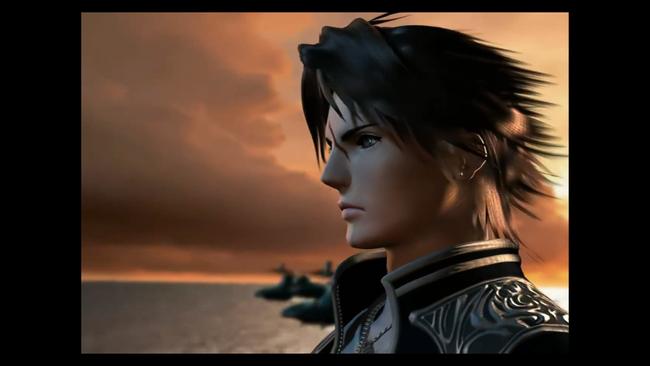
My few hours spent with the remaster have been mostly positive. The original PlayStation source code has seemingly been lost, so this remaster is built on top of the PC port released in 2000. If you’ve played the recent re-releases for Final Fantasy VII and Final Fantasy IX you should have a good idea what to expect, with the added bonus of redone 3D character models.
The biggest mix bag, and also the biggest draw to this remaster, are the visuals. The game’s pre-rendered backgrounds have not been upscaled or touched upon from the original release, which is a shame. The newly done character models match those in the CG cutscenes, and they look wonderful, but unfortunately they clash hard with the low-resolution environment art. I'm still glad Square Enix decided to use new character models at all, rather than just selling an overall upscale, I just wish the backgrounds could have been updated to mesh better.
I'll also note that the CG cutscenes have been cleaned up well. They all look much better than I was expecting them to.
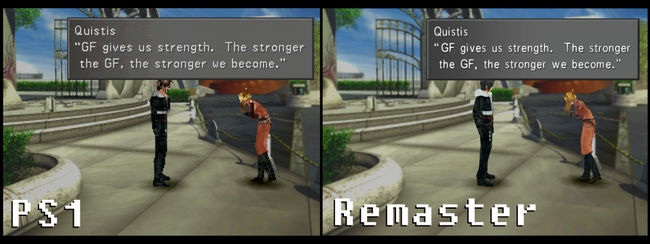

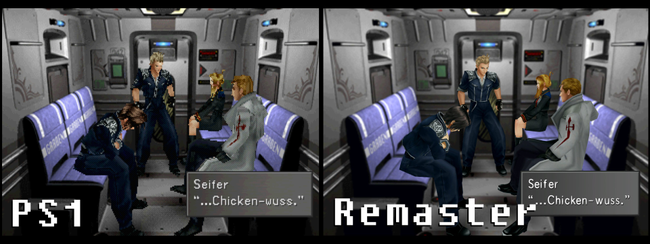
In terms of audio, I have nothing but positives to say. Final Fantasy VIII's soundtrack is one of Uematsu’s finest and is unblemished by any quality issues or significant glitches in the remaster. The remaster thankfully uses the original PS1 music, which is an immediate upgrade from the existing Steam version, as that was stuck using low-quality MIDI music. It also doesn’t have annoying looping issues like several other Final Fantasy re-releases had on launch, which is a great bonus.
Final Fantasy VIII’s combat system is a good fit for the types of battle boosts Square has been adding on to these remasters. With the click of a button or two, players can: Activate Battle Assist, turn off encounters, or increase game speed by three times. Battle Assist instantly restores all health, will constantly fill the ATB bar, and will allow characters to use their Limit Breaks at any moment. While the first two feel a bit too much like “cheating” to me, it’s nice to be able to use a character’s Limit Breaks without having them get close to death.

For those unaware, random encounters in FFVIII are essentially optional because all enemies in the game scale with Squall’s level. It’s one of the game’s most controversial departures from series tradition, and various boosts to the remaster make this potentially awkward mechanism easier to work with. Combine the removal of random encounters with Turbo Mode, and you can reduce much of the tedium in the game. It's now easier for players who want to do low-level runs or avoid the high encounter rate. Players who want to leisurely revisit a classic can ease through the game without getting too hung up on things like magic drawing or GF junctioning.
I played the Nintendo Switch version for this review, but know that those who pick the game up on Steam version get access to even more cheats. They are as followed: All Item, All Abilities, GF Max Level, Max Gil, Max Magic, All Limit Breaks, and All Cards.
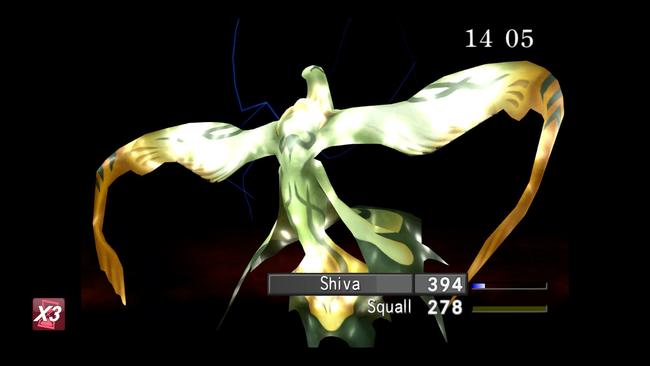
I mentioned before that this remaster is based off the Eidos PC version. In preparation for this review, I decided to revisit the original PlayStation version to compare. Final Fantasy VIII was the first game in the series to support 360 degrees of movement thanks to the release of the DualShock controller in 1997. The environments of VIII feels much more suited for full movement compared to earlier releases, and moving around them feels very natural on PlayStation. When Eidos ported the game to PC, however, they stripped back the movement to just 8 directions for WASD. This was understandable for a 19-year-old PC port, when keyboards were just about all anyone used.
This is something that should have been changed back to full movement for the remaster, given that analog control is a standard in 2019, but unfortunately that is not the case. Here, analog stick instead feels like it’s emulating the D-Pad, with Squall moving in only eight directions. Some other Final Fantasy re-releases also exhibit this 8-way movement, but Final Fantasy VII was always designed for eight direction movement, and at least Final Fantasy IX was able to implement smoother turning animations to mask it a bit. There are no in-between animations to ease Squall into turning, and it feels just a bit choppy to play. I understand that this has been a standard for these ports, but its still a missed opportunity.
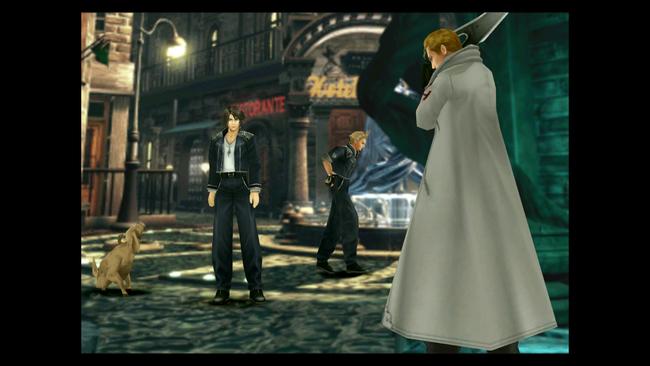
Despite these flaws (which you very much might just see as nitpicks), it's hard to deny just how good of a package Final Fantasy VIII Remastered is. If you were never a big fan of the story or gameplay of the original release, nothing here is likely to change your mind. However, if you've never played Final Fantasy VIII before or are looking for a fun new way to experience it all over again, then this is definitely worth checking out.